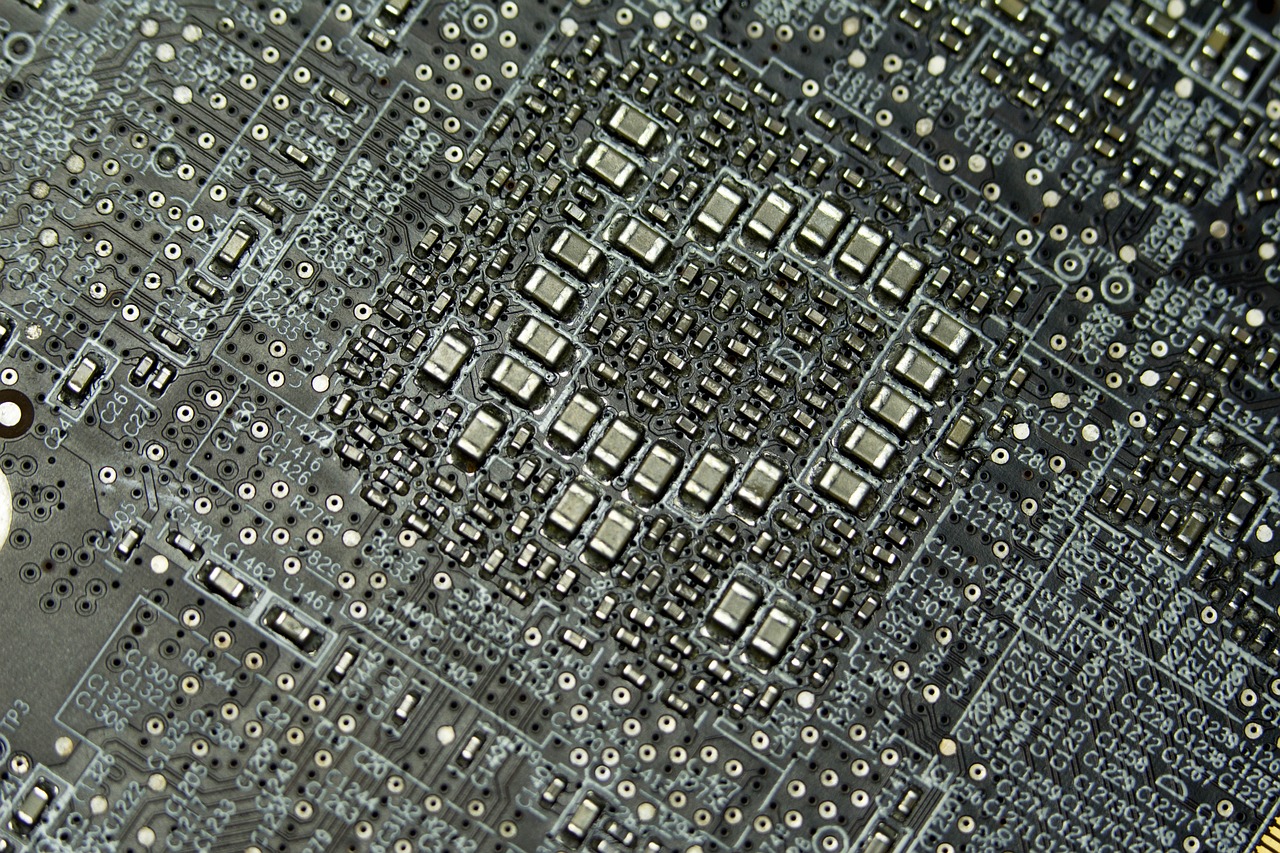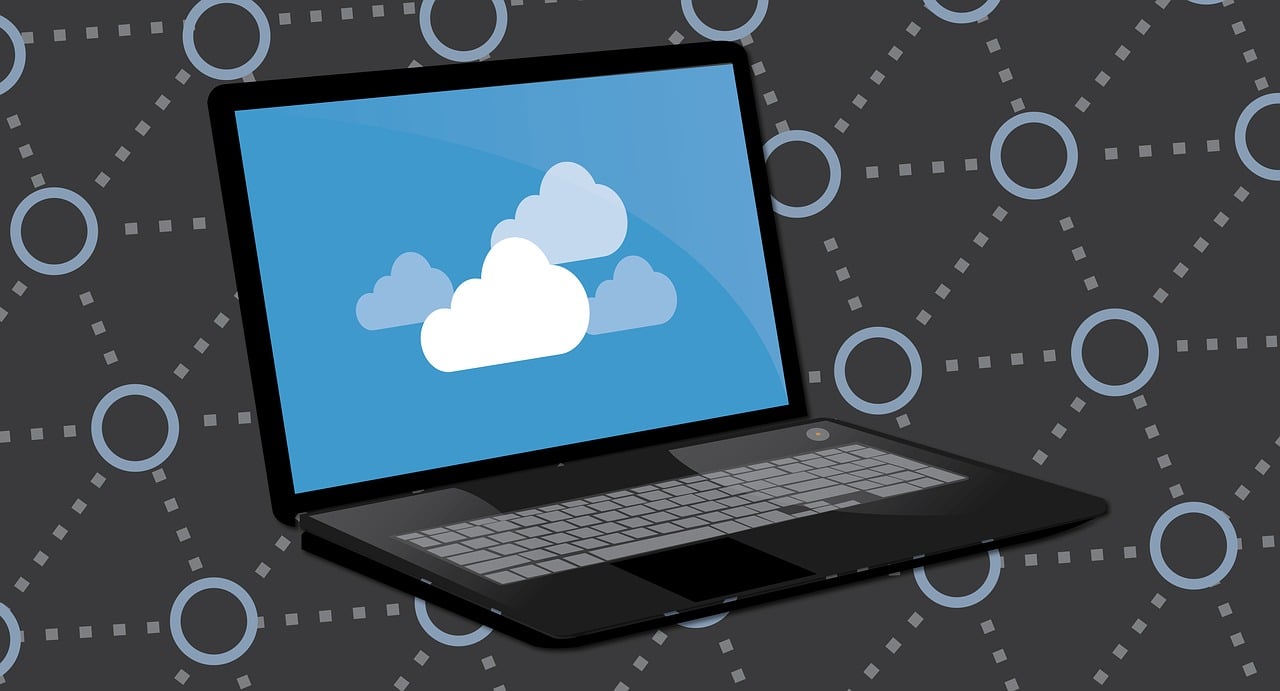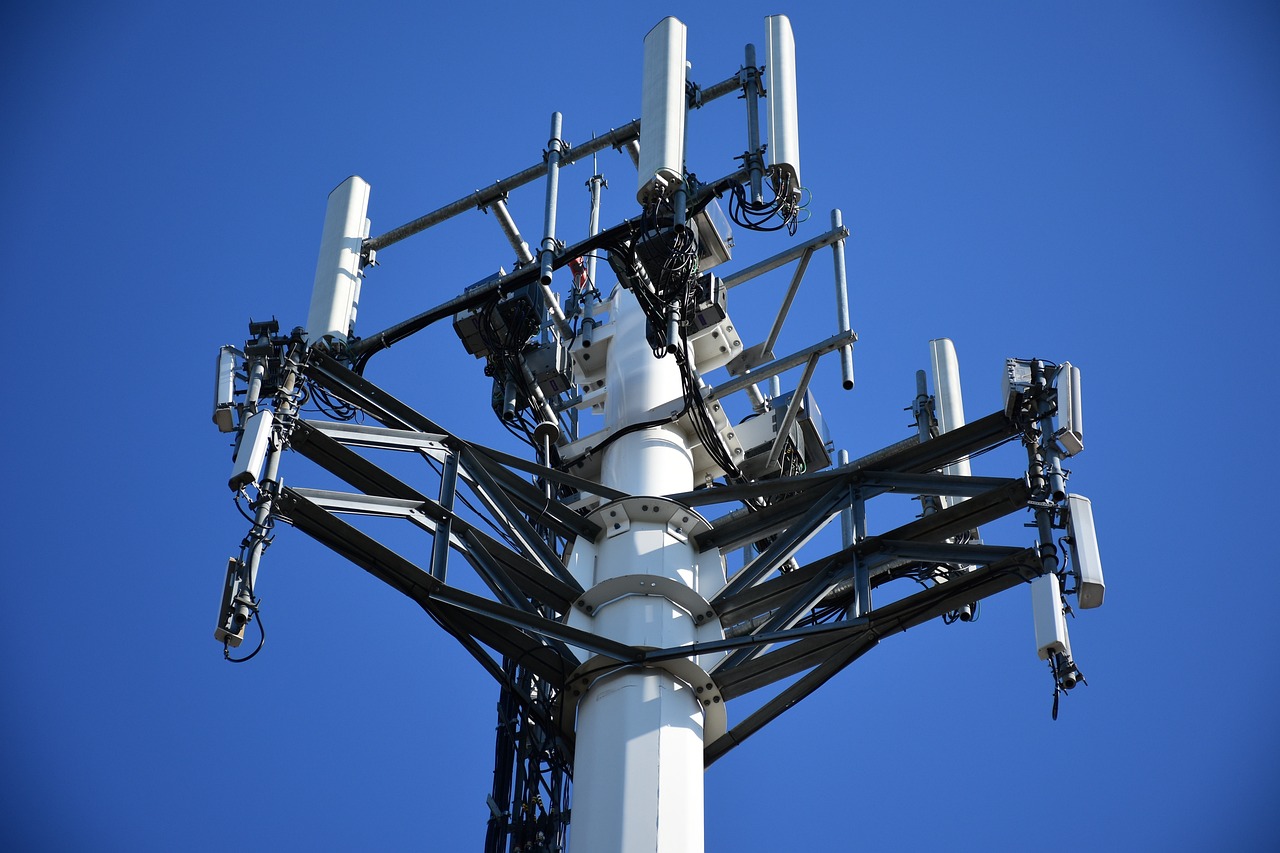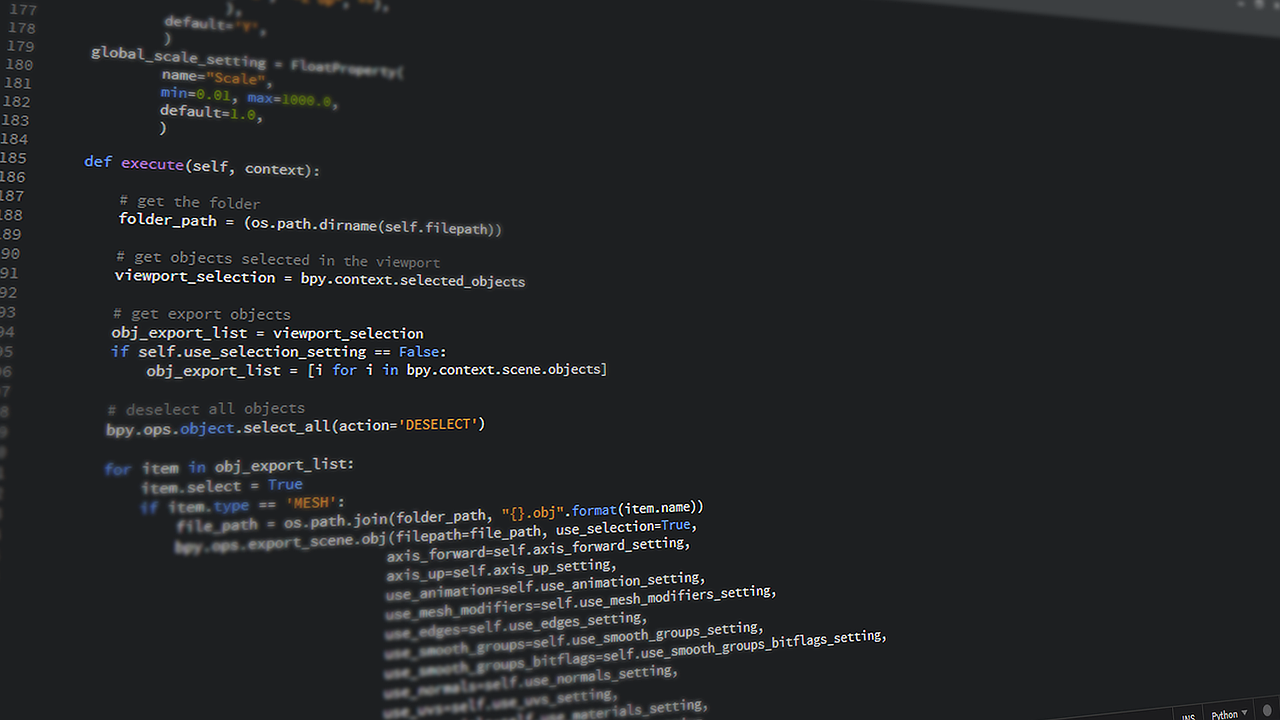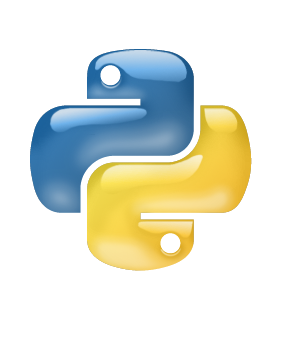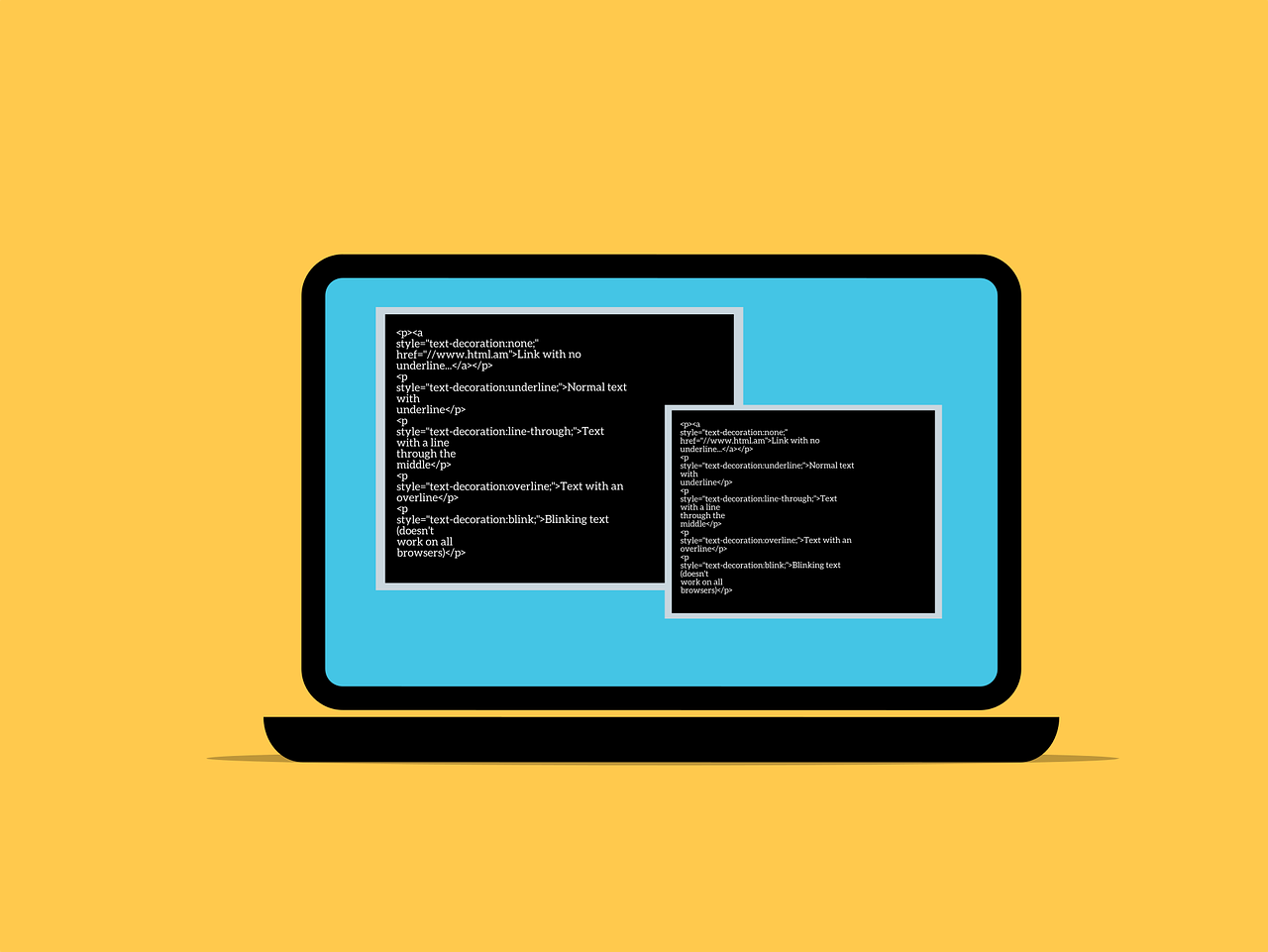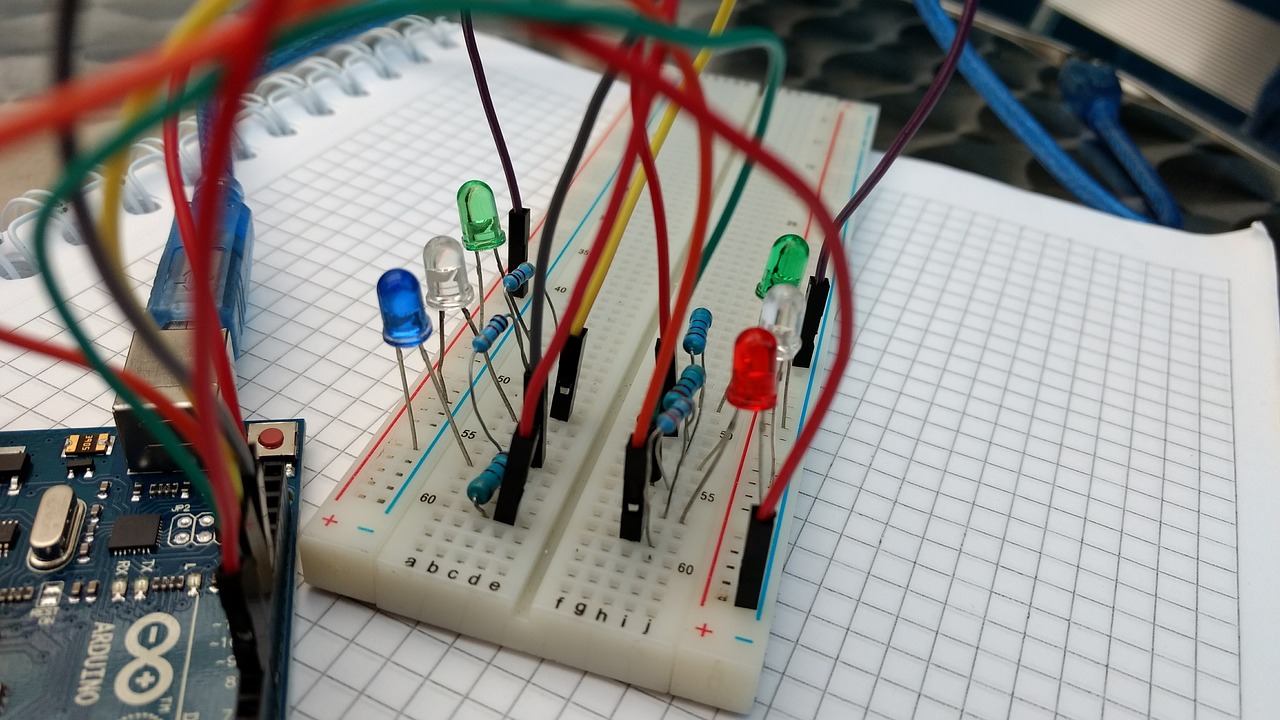
Gone are the days of wrestling with server infrastructure – serverless computing has arrived! This innovative cloud computing model offers a paradigm shift for developers, allowing them to focus on building applications without the burden of server management. But what exactly is serverless computing, and how does it work?
The Core Concept: Abstraction of Servers
At its heart, serverless computing abstracts away the underlying server infrastructure. Imagine a world where you don't need to worry about provisioning servers, installing software, or maintaining security patches. Serverless platforms handle all this behind the scenes, allowing you to deploy code and have it run in response to specific events or triggers.
Pay-Per-Use Efficiency:
Serverless computing follows a pay-per-use pricing model. You only pay for the resources your code consumes while it executes, eliminating the need to pay for idle servers. This makes it ideal for applications with spiky workloads or those triggered by events, as you don't incur costs when the application is inactive.
Benefits Abound:
Serverless computing offers a multitude of advantages:
Beyond the Hype: Use Cases
Serverless computing isn't a magic solution for everything, but it excels in specific scenarios:
Considering Serverless? Here's What to Know
While serverless computing offers significant benefits, it's essential to consider potential drawbacks:
The Future of Cloud?
Serverless computing is still evolving, but its potential is undeniable. As the technology matures and limitations are addressed, it has the potential to become a mainstream approach for building and deploying cloud applications. Whether you're a seasoned developer or just starting your cloud journey, serverless computing is definitely worth exploring.
Your email address will not be published. Required fields are marked *







